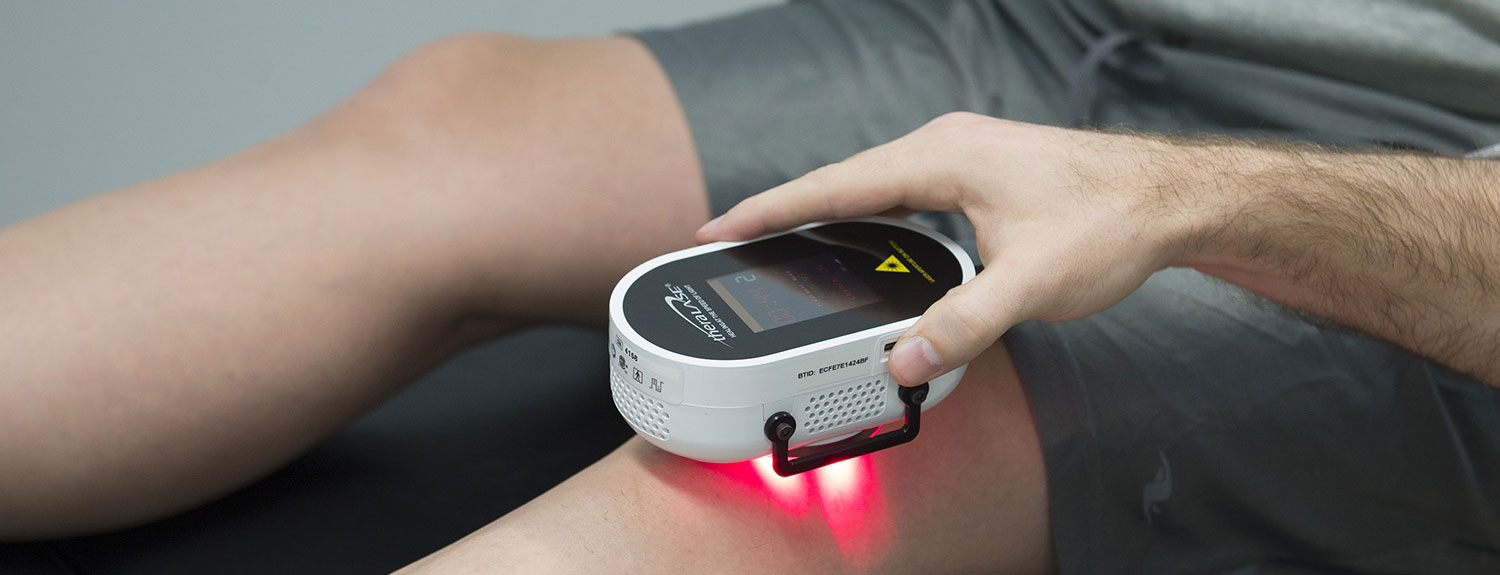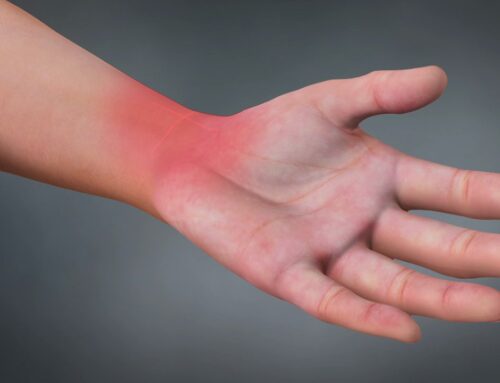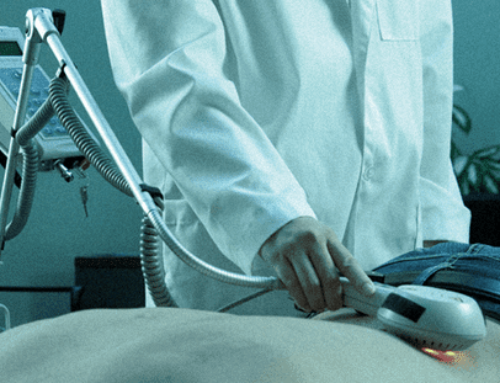Chronic pain can be debilitating and significantly impact one’s quality of life. As a result, various treatment modalities have emerged to address this issue. Cold laser therapy, also known as low-level laser therapy (LLLT), has gained popularity as a non-invasive, drug-free alternative for pain management. In this article, we will examine the pros and cons of cold laser therapy for pain relief, drawing upon current research and expert opinions.
Pros of Cold Laser Therapy for Pain Relief:
- Non-Invasive and Drug-Free: One of the significant advantages of cold laser therapy is that it is a non-invasive procedure. Unlike surgical interventions or invasive treatments, cold laser therapy involves the application of low-intensity lasers to the affected area, penetrating the skin without causing any harm or discomfort. Additionally, it offers a drug-free alternative for pain relief, reducing the risk of adverse reactions or dependency on medication.
- Minimal Side Effects: Cold laser therapy is generally well-tolerated, with minimal side effects reported. The procedure is considered safe and does not typically result in adverse reactions such as tissue damage or scarring. Compared to other pain management options, such as medications or injections, cold laser therapy presents a lower risk of complications.
- Wide Range of Applications: Cold laser therapy has been found to provide relief in various pain conditions. It is commonly used for musculoskeletal injuries, including joint pain, arthritis, back pain, and sports-related injuries. Additionally, it has shown promising results in treating neuropathic pain, fibromyalgia, and post-surgical pain. The versatility of cold laser therapy makes it a valuable option for different individuals and pain conditions.
- Accelerated Healing and Tissue Repair: Research suggests that cold laser therapy may promote tissue healing and repair. The low-level lasers used in the treatment are believed to stimulate cellular activity, leading to improved circulation, reduced inflammation, and enhanced tissue regeneration. These effects can aid in faster recovery, particularly in cases of acute injuries or post-operative rehabilitation.
Cons of Cold Laser Therapy for Pain Relief:
- Limited Scientific Evidence: While cold laser therapy shows promise, the available scientific evidence supporting its efficacy is still limited. Many studies have yielded positive results, but more high-quality, large-scale trials are needed to establish its effectiveness conclusively. It is essential to approach cold laser therapy with realistic expectations and consult healthcare professionals for informed decision-making.
- Variable Treatment Response: The response to cold laser therapy can vary among individuals. Factors such as the specific pain condition, duration of symptoms, and individual variations may influence the treatment outcomes. Some patients experience significant pain relief, while others may find the therapy less effective. A thorough assessment by a healthcare professional can help determine if cold laser therapy is suitable for a particular individual.
- Cost and Accessibility: Cold laser therapy may involve multiple sessions to achieve optimal results, which can lead to increased costs. Depending on the location and healthcare provider, the price per session can vary. Moreover, availability of cold laser therapy may be limited in certain regions or healthcare settings, making it less accessible to everyone seeking pain relief.
- Not Appropriate for All Conditions: While cold laser therapy can be beneficial for various pain conditions, it may not be suitable for everyone. Certain contraindications exist, such as over areas with active cancer, open wounds, or during pregnancy. It is crucial to consult with a healthcare professional to determine if cold laser therapy is appropriate for your specific condition.
Cold laser therapy offers a non-invasive, drug-free approach to pain relief with minimal side effects. It has shown promising results in various pain conditions, promoting tissue healing and recovery. However, the current scientific evidence supporting its effectiveness is still limited, and further research is needed to establish its efficacy conclusively. Additionally, individual response to cold laser therapy may vary, and accessibility and cost can be limiting factors for some individuals.
For those without extended healthcare, we offer affordable pricing to help you get back to normal. Don’t wait while you’re in pain, request an appointment today at The Health First Group.
References:
- Bjordal JM, Couppé C, Chow RT, Tunér J, Ljunggren EA. A systematic review of low-level laser therapy with location-specific doses for pain from chronic joint disorders. Aust J Physiother. 2003;49(2):107-116. doi:10.1016/s0004-9514(14)60127-6
- Chow RT, Johnson MI, Lopes-Martins RAB, Bjordal JM. Efficacy of low-level laser therapy in the management of neck pain: a systematic review and meta-analysis of randomised placebo or active-treatment controlled trials. Lancet. 2009;374(9705):1897-1908. doi:10.1016/S0140-6736(09)61522-1
- Ferraresi C, Hamblin MR, Parizotto NA. Low-level laser (light) therapy (LLLT) on muscle tissue: performance, fatigue and repair benefited by the power of light. Photonics Lasers Med. 2012;1(4):267-286. doi:10.1515/plm-2012-0032
- Huang Z, Ma J, Chen J, Shen B, Pei F, Kraus VB. The effectiveness of low-level laser therapy for nonspecific chronic low back pain: a systematic review and meta-analysis. Arthritis Res Ther. 2015;17:360. doi:10.1186/s13075-015-0882-0
- Wu J, Zhou Y, Chen W, Li Q, Chen L, Dong G. Efficacy of low-level laser therapy in the treatment of knee osteoarthritis: a systematic review and meta-analysis. Lasers Med Sci. 2017;32(4):903-913. doi:10.1007/s10103-017-2161-5




